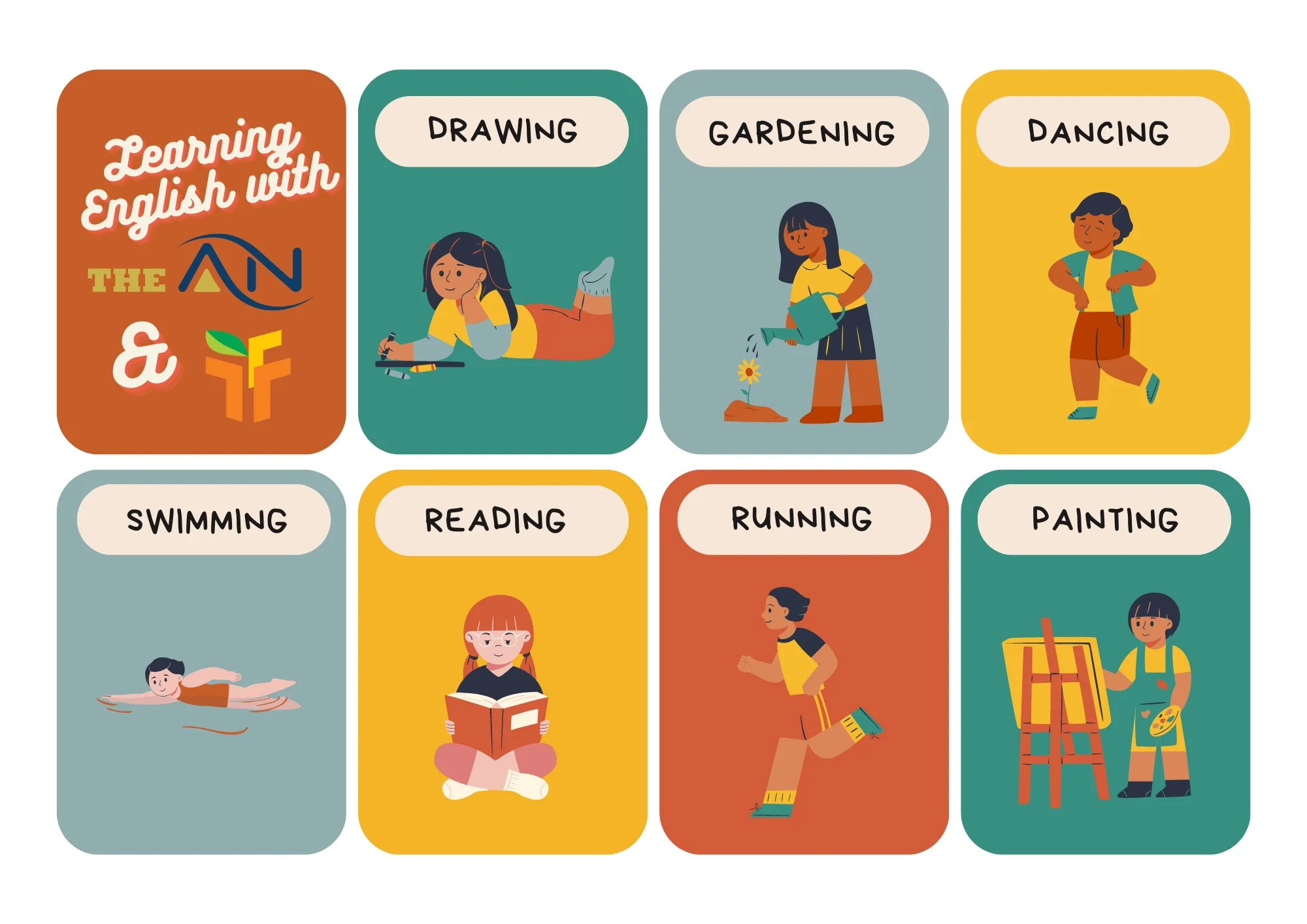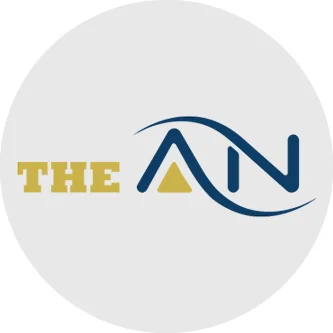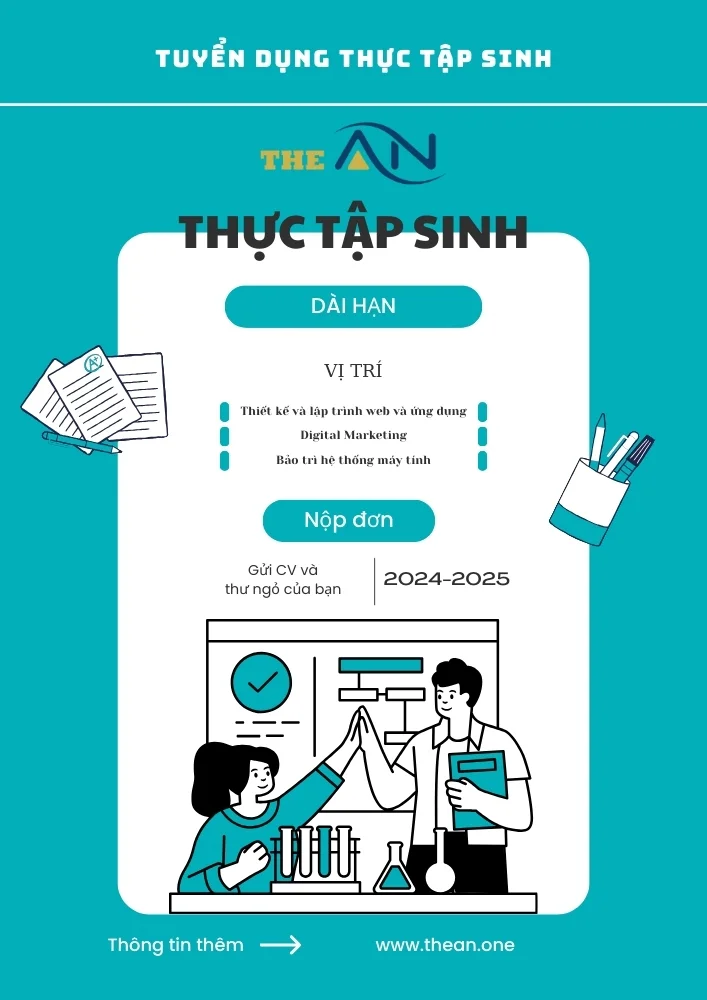Simple Present Tense

Do you want to know about Simple Present Tense? Their usage, examples, and other important parts of Simple Present Tense.
In this article, we’ll look at the Simple present tense and will learn about its usage, definition, purpose, and so on. Present simple tense has different meanings depending upon if it’s used with a plural third-person topic and perhaps other topics.
What is Simple Present Tense?
The root form represents the present tense as a verb form. It’s employed to describe routine behaviour or universal facts. It may also be used to display future occurrences that are within a set schedule or programming. When an activity is taking place right now or on a constant schedule, we can use the simple present tense. Present simple tense has different meanings depending upon if it’s used with a plural third-person topic and perhaps other topics. According to the person, the simple present tense is constructed by employing the base form or by inserting ‘s’ or ‘es’ to the conclusion. Or In other words simple present tense depicts a generic function in the current.
Structure of the Simple Present Tense
Structure of the Simple Present Tense: Subject + V1/V4 + Object
| Sentence Type | Structure | Example |
|---|---|---|
| Affirmative | Subject + V1/V5 + Object | Rohit plays football. |
| Negative | Subject + Don’t/Doesn’t + V1 + Object | Rohit doesn’t play football. |
| Interrogative | Do/Does + Subject + V1 + Object + ? | Does Rohit play football? |
| Wh-question word | Wh-word + do/does + Subject + V1 + Object + ? | What does Rohit play? |
| Interrogative negative | Don’t/Doesn’t + Subject + V1 + Object +? | Doesn’t Rohit play football? |
Rules for Simple Present Tense
Just regular verbs can follow the principles of such present simple tense. Regular verbs comply with regulations but irregular verbs often don’t. There are a couple of rules to follow and factors to be mindful of while using the present simple tense effectively and productively. The following are a few simple present-tense guidelines:
- The basic form of the verb has been most commonly employed in the simple present tense.
- We utilize some other forms of verbs if a third-person pronoun or topic is present in a phrase.
- You must add es at the end of verbs that finish in ch, gh, ss, o, th, sh, or z.
- Whenever a verb finishes in a consonant + y, you drop the y and replace it withies.
- We don’t do this with vowel + y.
Purpose of Simple Present Tense
The following can be the reason for choosing simple present tense:
- When quoting broad truths or research methods.
- Used to signify routine actions that occur regularly or at periodic intervals.
- Used to denote constant occurrences.
- Used to refer to established structures.
- Upcoming activities that are scheduled in advance.
- To begin introducing quotes
- Comment on television
- Historical accounts
Examples of Simple Present Tense
- I go to the park every day.
- She likes to play hockey.
- My brother lives in Delhi.
- The earth revolves around the sun.
- My school starts at 8 a.m.
- Do you like to watch television?
- Does Aradhya buy vegetables?
- Priya doesn’t break this plate.
- What does Radha teach in school?
- Don’t you sleep in bed?
- I take a bath daily.
- They study in college.
- Does she write a letter to her parents?
- My mother regularly cleans the house.
- People speak Japanese in Japan.
Practice Questions of Simple Present Tense
Fill in the blanks with the Simple present tense form of the verb given in the bracket.
- The food ________ is very delicious. (taste)
- It always ________ here every year. (flood)
- She does not _______ (eat)
- Does rice ______ in Assam? (grow)
- He doesn’t ______ ice tea. (prefer)
- The baby ______, if he is hungry. (cry)
- If you _______ water, it evaporates. (boil)
- The flight ______ in fifteen minutes. (leave)
- She doesn’t _______ early in the morning. (get up)
- Shreya _______ eating. (enjoy)
- Does he ______ Indian food? (eat)
- Do I _____ a lot? (speak)
- Water _____ at 100 degrees Celsius. (boil)
- He always ______ his car keys. (forget)
- He _____ a long distance every day. (run)
Answers:
- The food tastes very delicious.
- It always floods here every year.
- She does not eat.
- Does rice grow in Assam?
- He doesn’t prefer ice tea.
- The baby cries if he is hungry.
- If you boil water, it evaporates.
- The flight leaves in fifteen minutes.
- She doesn’t get up early in the morning.
- Shreya enjoys eating.
- Does he eat Indian food?
- Do I speak a lot?
- Water boils at 100 degrees Celsius.
- He always forgets his car keys.
- He runs a long distance every day.
Simple Present Tense – FAQs
The root form represents the present tense as a verb form. It’s employed to describe routine behavior or universal facts. It may also be used to display future occurrences that are within a set schedule or programming. When an activity is taking place right now or on a constant schedule, we can use the simple present tense. Present simple tense has different meanings depending upon if it’s used with a plural third-person topic and perhaps other topics.
The Simple present tense is employed to describe to happenings, activities, and situations that are occurring or exist right currently or something that occurs on a regular basis, or any universal truth.
The following are a few simple present-tense guidelines:
- The basic form of the verb has been most commonly employed in the simple present tense.
- We utilize some other forms of verbs if a third-person pronoun or topic is present in a phrase.
- You must add es at the end of verbs that finish in ch, gh, ss, o, th, sh or z.
- Whenever a verb finishes in a consonant + y, you drop the y and replace it with ies.
- We don’t do this with vowel + y.
- I go to the park every day.
- She likes to play hockey.
- My brother lives in Delhi.
- The earth revolves around the sun.
- My school starts at 8 a.m.
- Do you like to watch television?
- Does Aradhya buy vegetables?
- Priya doesn’t break this plate.
- What does Radha teach in school?
- Don’t you sleep on bed?
- I take bath daily.
- They study in college.
- Does she write a letter to her parents?
- My mother regularly cleans the house.
- People speak Japanese in Japan.
Quý anh/chị đang tìm kiếm một doanh nghiệp uy tín cung cấp dịch vụ Công Nghệ Thông Tin như Thiết kế và lập trình website, Digital Marketing, hoặc dịch vụ Bảo trì và chăm sóc hệ thống máy tính, ...? Đừng ngần ngại hãy liên hệ với The ÂN qua số điện thoại (+84).326.418.478 để được tư vấn cụ thể, hoặc liên hệ qua mẫu tin.
Các thông tin nổi bật khác:









